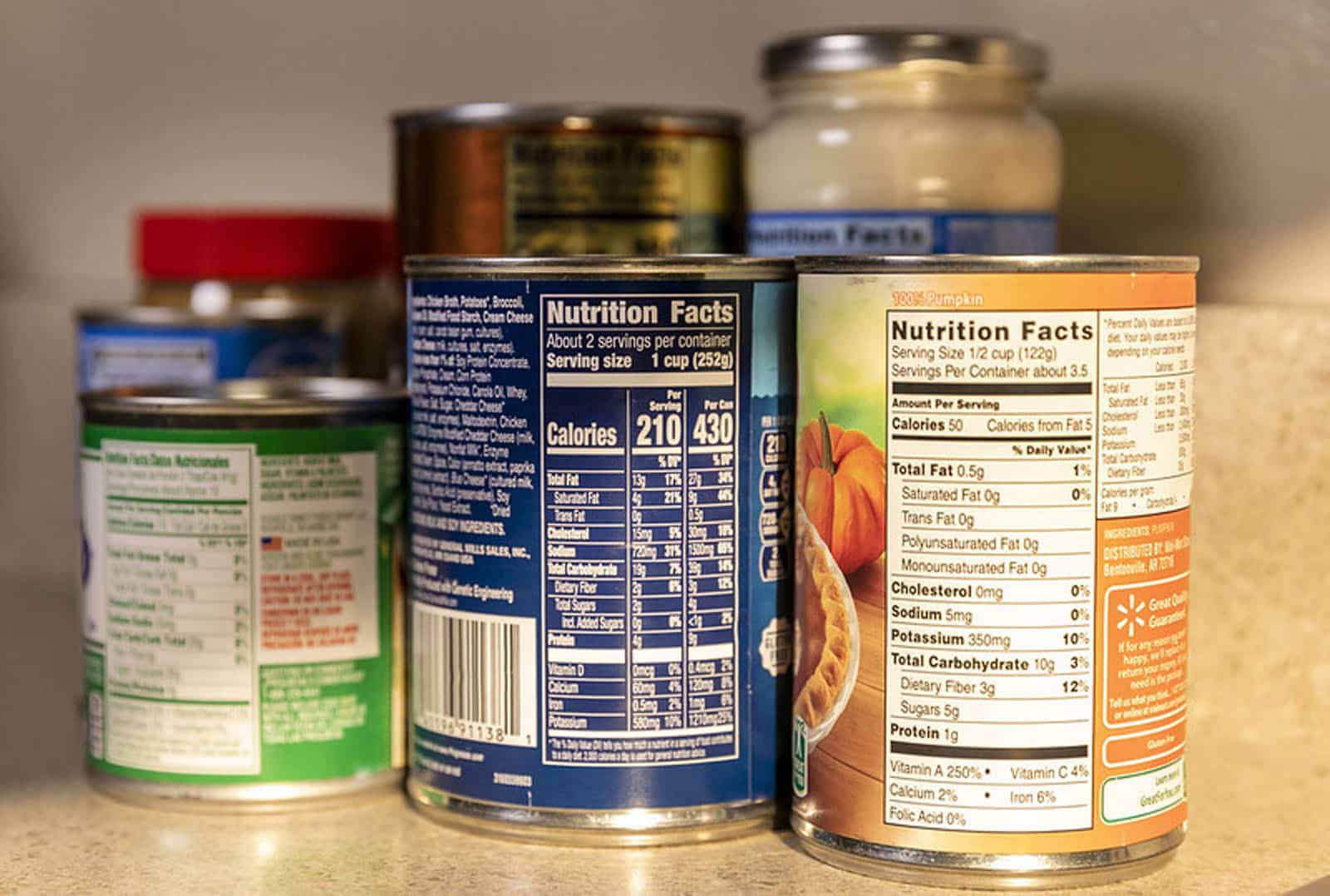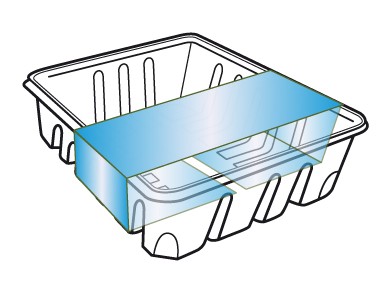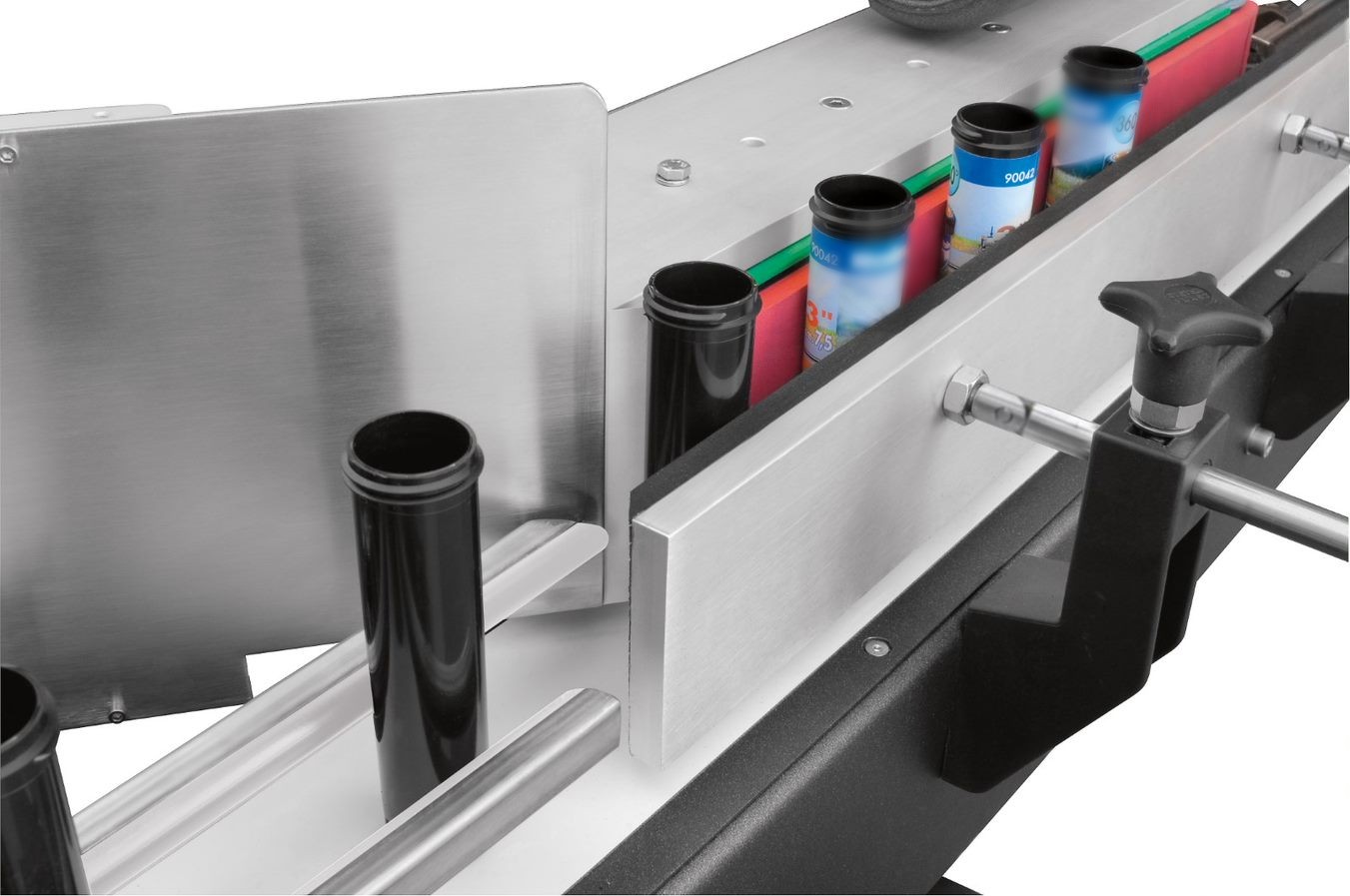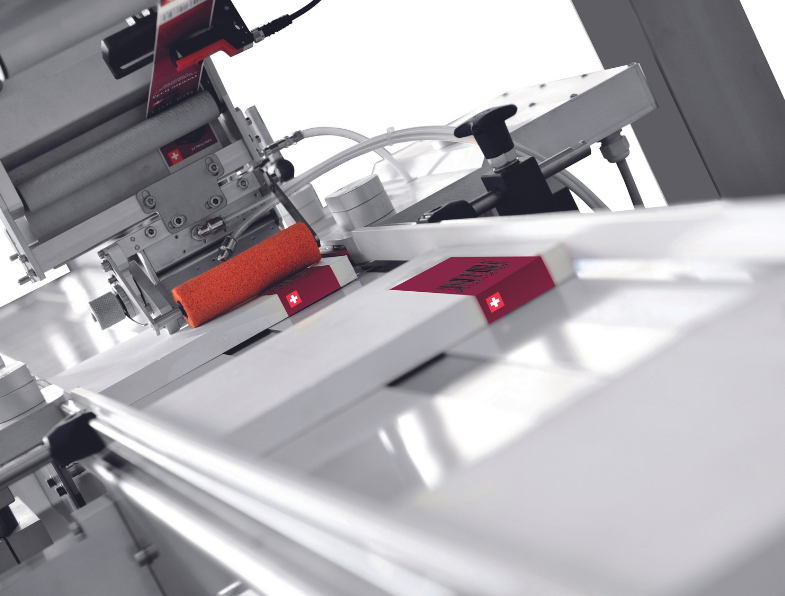Methods of Wrap Labeling
At the end of a production line, when a product is almost ready to be shipped, an important determination needs to be made: how should this item be labeled? And moreover: how should said label be displayed? Plenty of aspects factor into this choice such as product shape, label size, and what you as the seller would like to highlight on the label to the consumer. Today we are going to look at one specific type of solution: wrap labeling.
Wrap labeling (like it sounds) involves applying a label around a product- either completely or partially. Depending on the size & shape of a particular object, this label can occupy all sides of a square or rectangular product; or if the item is cylindrical, the label can hug the contours and mimic the same shape of the outermost layer of the product container. But there are various ways a wrap label can be applied, which we discuss further below with video & picture examples.
Full Wrap Around
The first method of wrap labeling is the complete (or mostly complete) encircling of a product or container with a label via rolling it onto the circumference of the item. This application is best suited for cylindrical containers with relatively straight walls, such as bottles, cans, jars, buckets, vials, etc. The large surface area of these types of products allows the label to utilize maximum branding & advertising potential, and permits a label to easily and tightly clasp the exterior.
The full wrap labeling solution generates a clean output of product in a fast, consistent manner. Typically, the products are conveyed down the line and the trigger sensor is used to alert the labeler that the next product is approaching. The labeling system then dispenses the next label to affix to the product, and the wrap belt rotates the product so the label can be smoothly applied across the surface of the cylindrical item. This process is cost-effective and can be easily modified to meet the speed requirements needed to keep up with production rates.

C-Wrap Labeling
C-Wrap labeling is similar to the Full Wrap style of labeling, but instead of wrapping around the entire item, this technique applies the label to only three sides of the product. If you were to make a “C” shape with your hand (as if you were a Lego character) this is essentially the form that the label will make around a particular item. This type of system usually applies a label onto the bottom, front-facing, and top sides of a product, and is commonly found placing pre-printed labels onto clamshell containers, such as a plastic cookie box.

Alternatively, C-wrap labeling is also used for labeling the front & either side of a rectangular product, box, or container. And it is not exclusively used for pre-printed labels: as is the case with most of the labeling solutions we offer, print & apply labels can be configured for this process as well. In the video below, a C-Wrap labeling system prints the label, hangs it below the elevation of the conveyor (so that the bottom side of the tray can be applied) and as the front-facing side of the tray runs into the label, two soft rollers on the top & bottom of the tray finish applying the label.
D-Wrap Labeling
Similar to the C-wrap technique, the D-wrap labeling process also wraps around most of the product, but it covers an additional portion of the surface area of the item with either edge of the label. This method is also similar to the Full Wrap label application; however, the label does not overlap itself- and the most prominent branding or eye-catching appeal of the label is generally on the top side of the tray or product for maximum visibility.

When using D-Wrap labeling, the label being applied tends to be a bit longer than your average top-down tamped label, which can make manual handling more difficult. This is where the automated system (complete with product handling) is so useful and creates a higher level of operational efficiency for the production line. The video example below demonstrates this by using a saloon-door-style gate that the product hits, and then subsequently uses those door plates to apply the label to either side of the box. Finally, after the product passes the gates, an automated brush extends and flattens the final portion of the label onto the back side.
Specialty Wrapped Items
In addition to the common approaches of wrap labeling mentioned above, this type of label application can be completed for small, specialty items as well. A syringe is an example of a special item that requires a label but cannot be labeled using traditional methods. Or perhaps you need to label a bucket- but that bucket includes a handle that hangs loose around part of the exterior and could get in the way of a simple wrap labeling process.
Furthermore, there are uniquely shaped containers (e.g. motor oil bottles) that may be more well suited for a front & back label application, but it all depends on what you as the packager is looking for. That is where the testing process can be crucial to see what labels & processes work best for a particular bottle, box, or container.

Wrap Labeling is not a “one size fits all” type of solution, but rather it must take into account several factors, which in turn help to determine the right type of system to complete this action. We like to say that anything is Possible with Precision, and when it comes to labeling, our experienced team has had a great deal of proficiency finding the right way to label even your most odd-shaped products.
If you have a product or case that you would like to see if a wrap labeling solution would be a cost-effective & repeatable labor-saving option: contact us! We are always willing to chat and learn about your current product handling process to see if it is something that we can help update.
